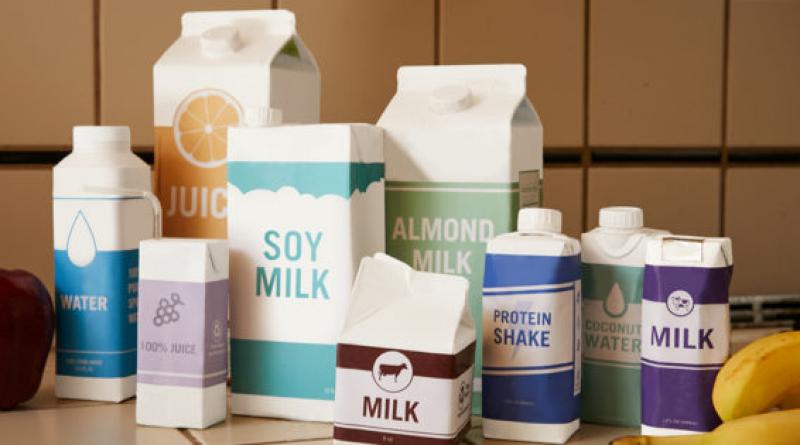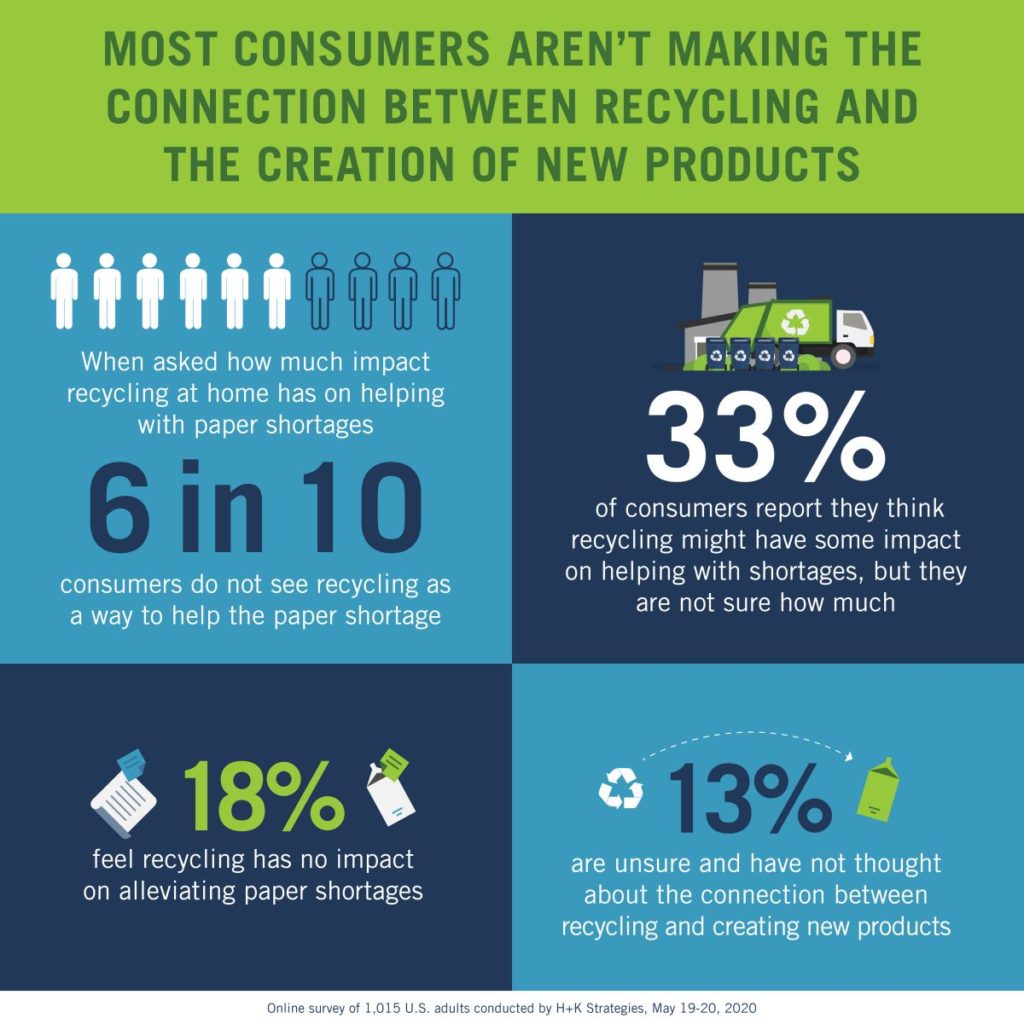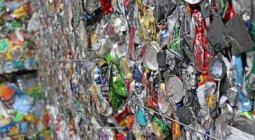Another Reason to Recycle Cartons — and Other Materials

Good news to report: The COVID-19 pandemic has not stopped people from recycling. In fact, some people are recycling even more.
According to research conducted by the Carton Council of North America, 56% of consumers say they have been recycling as much as they usually do and almost 29% report they have been recycling more since the pandemic began. This should be celebrated, especially because recycling workers in communities across the country have been working hard to maintain recycling services.
But that’s not the only reason to keep up your recycling. Many people don’t stop to think about the important role recycling plays to provide feedstock – or materials – that can be used to make new products. The shortages of popular paper products such as toilet paper, paper towels, and tissues reinforced the importance of recycling paper. Food and beverage cartons are one example of the materials that can be recycled to help make these staple paper products.
By Recycling, You Help Make New Products
When you recycle your food and beverage cartons, they provide needed feedstock for paper mills to create in-demand paper products. But if you never before thought about this connection, you aren’t alone.
When asked in the same research how much impact recycling at home has on helping with paper shortages, 33% of Americans report it might have some impact, but they aren’t sure how much it really helps. Add to that, 18% feel recycling had no impact at all on alleviating shortages, while 13% are unsure and have not thought about the connection. This translates to six in 10 people do not see recycling as a way to combat paper shortages.

Recycling used materials for new uses extends their lifecycle and contributes to a more sustainable future. By recycling your cartons, you can help to protect our planet’s precious resources, reduce landfill waste, and contribute to the creation of new products.
Food and beverage cartons contain many products you’re familiar with, such as milk, juice, broth, and even wine. They are made mainly of high-quality fiber that is in demand in the recycling stream. For example, at Sustana Fibers in Wisconsin and Great Lakes Tissue in Michigan, food and beverage cartons provide paper feedstock to produce new paper products. Additionally, recycled cartons are also used to make eco-friendly building and construction materials. If cartons end up in a landfill, we lose the opportunity to utilize this material forever.
What You Can Do
Carton recycling is easy. First, check with your local recycling program and make sure cartons are accepted where you live. Some recycling programs have had to temporarily stop or slow service due to the pandemic, so it’s best to check.
If accepted, simply empty your food and beverage cartons of any product and put them in your curbside recycling bin. You don’t need to flatten the cartons and can leave the caps on.

If carton recycling isn’t yet available in your area and you want to get involved, we urge you to sign the pledge to recycle your cartons. By taking the pledge, you will be joining our community of carton recyclers who care about recycling and reducing waste, saving energy, and making a difference in their communities.
If your recycling program currently accepts cartons, please recycle your food and beverage cartons. And don’t forget to tell your friends, family, and co-workers that recycling their cartons provides needed material to make new paper products.
About the Author
Carla Fantoni is vice president of Communications for the Carton Council and for Tetra Pak in the Americas. Passionate about sustainability, she is skilled in leading the creation of strategic communications that embrace cutting-edge tactics to support business objectives, further sustainability goals, strengthen reputation and brand equity, and promote employee engagement.
Earth911




